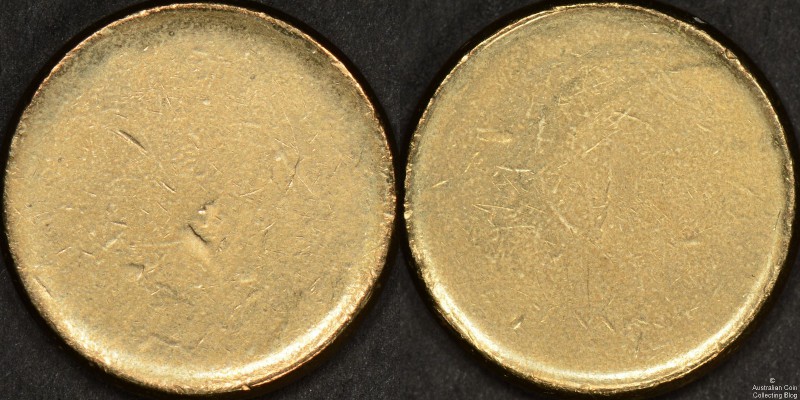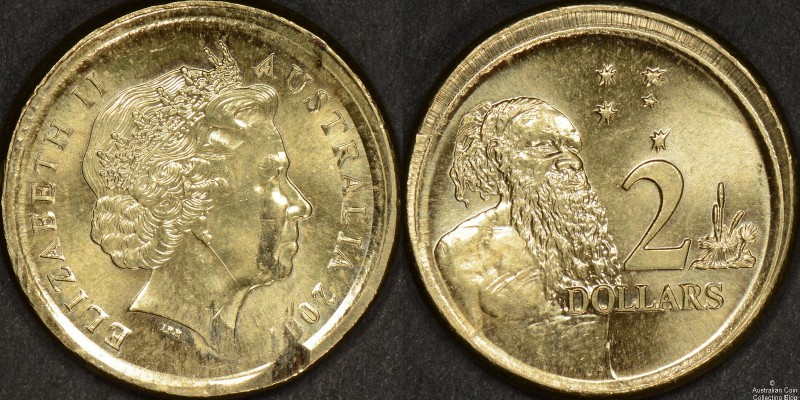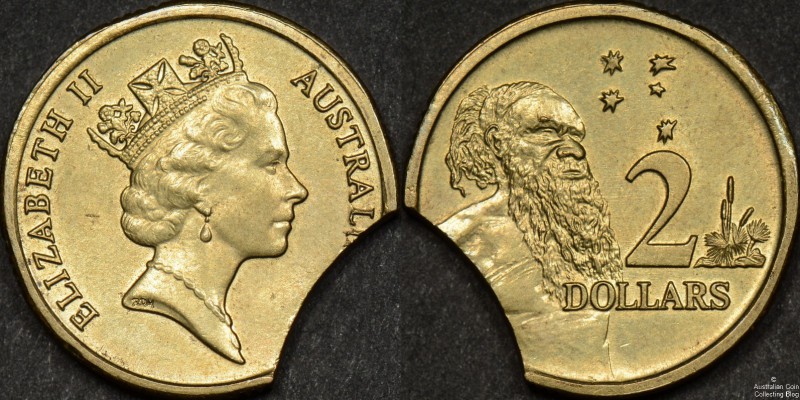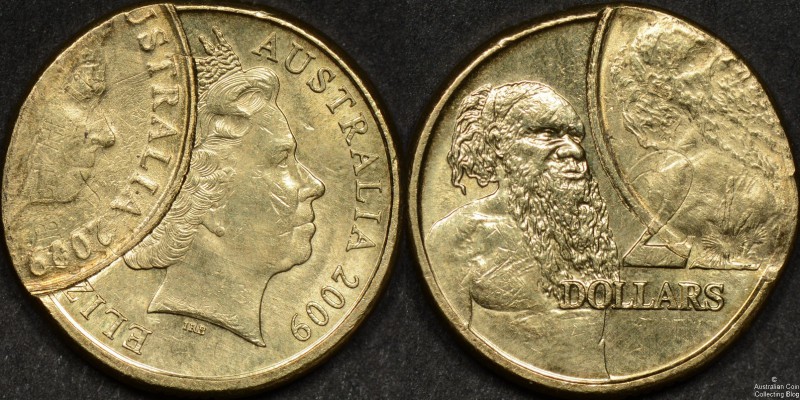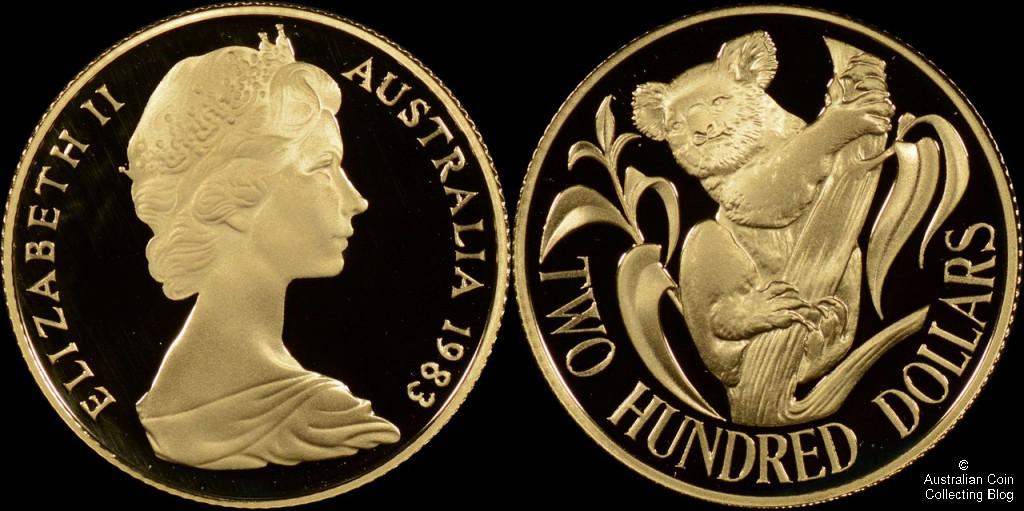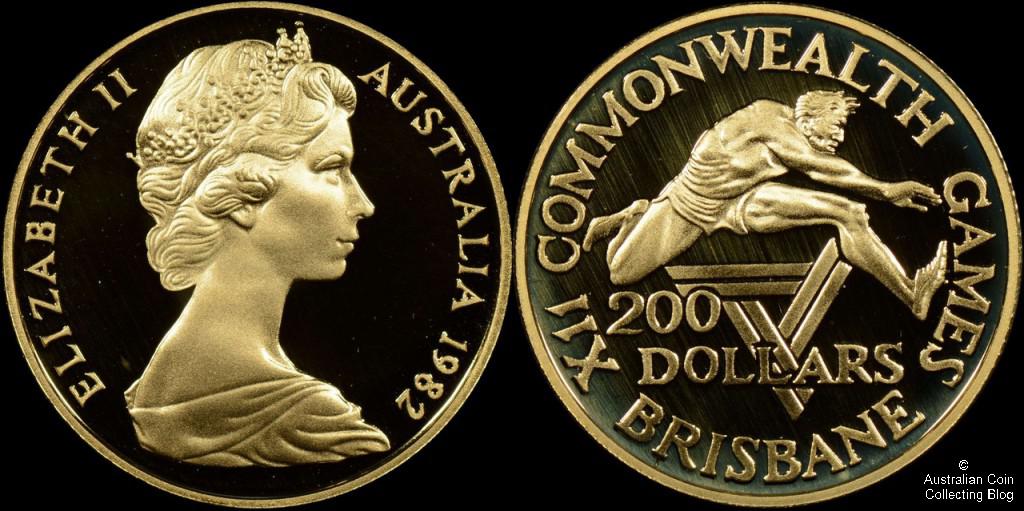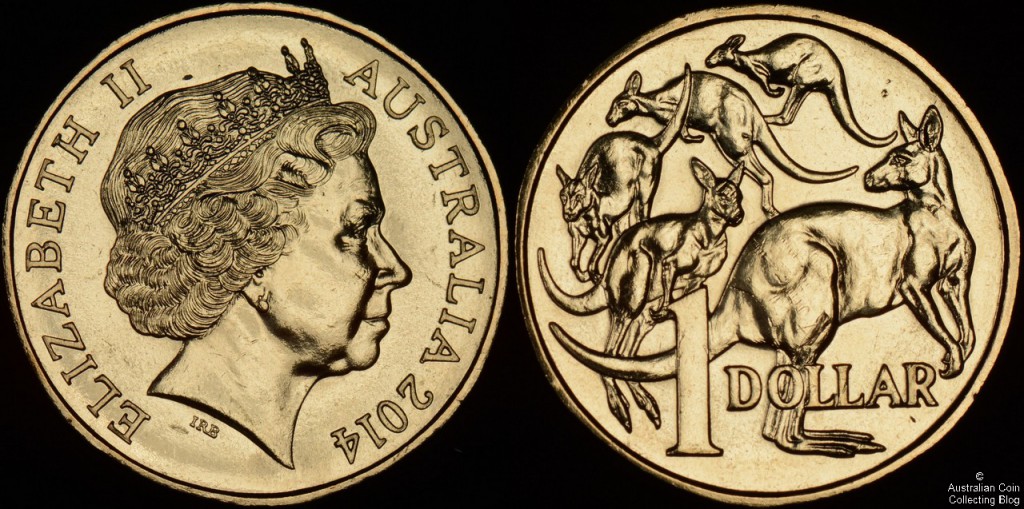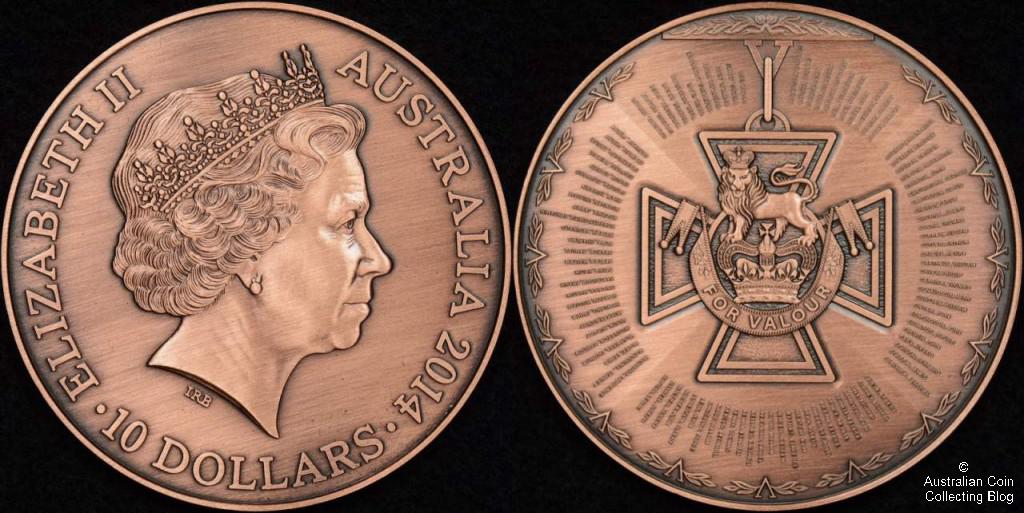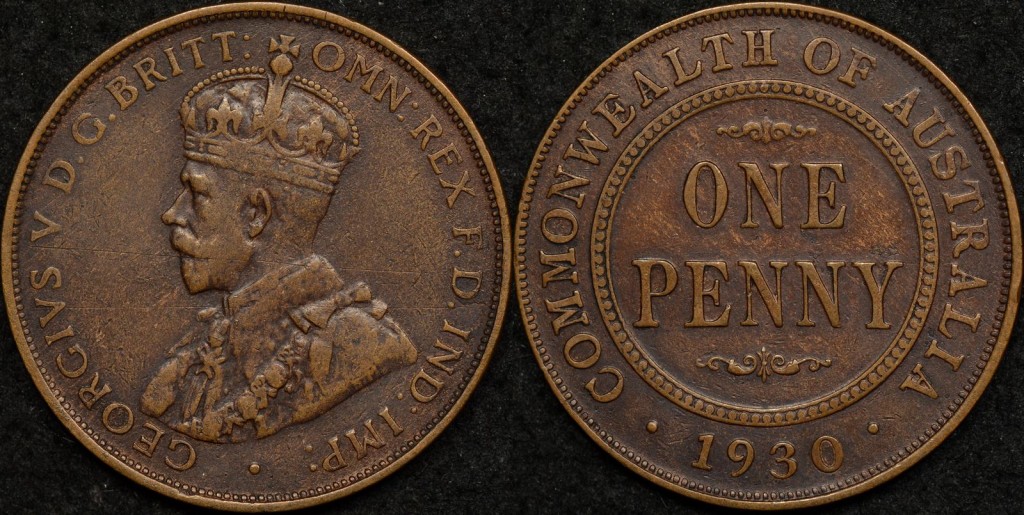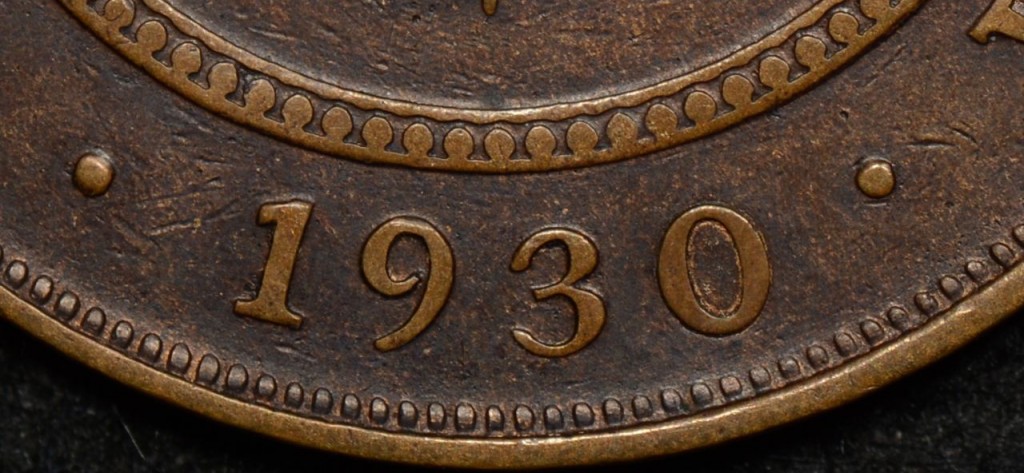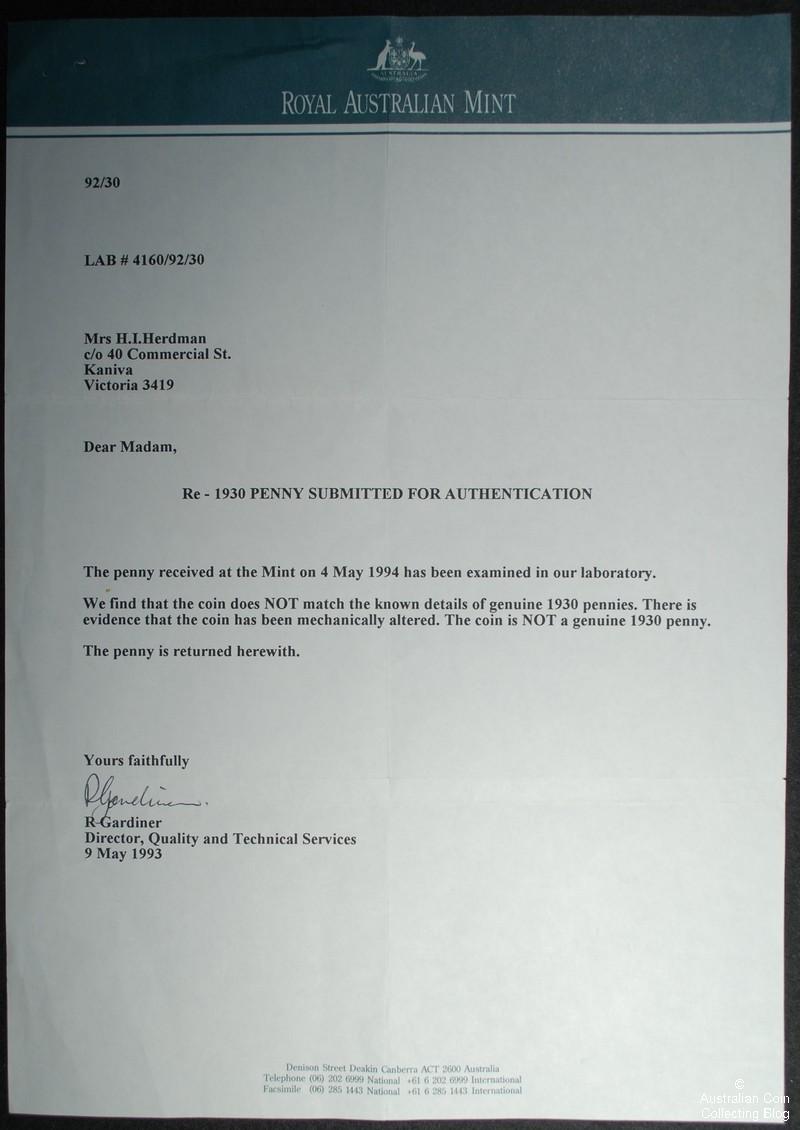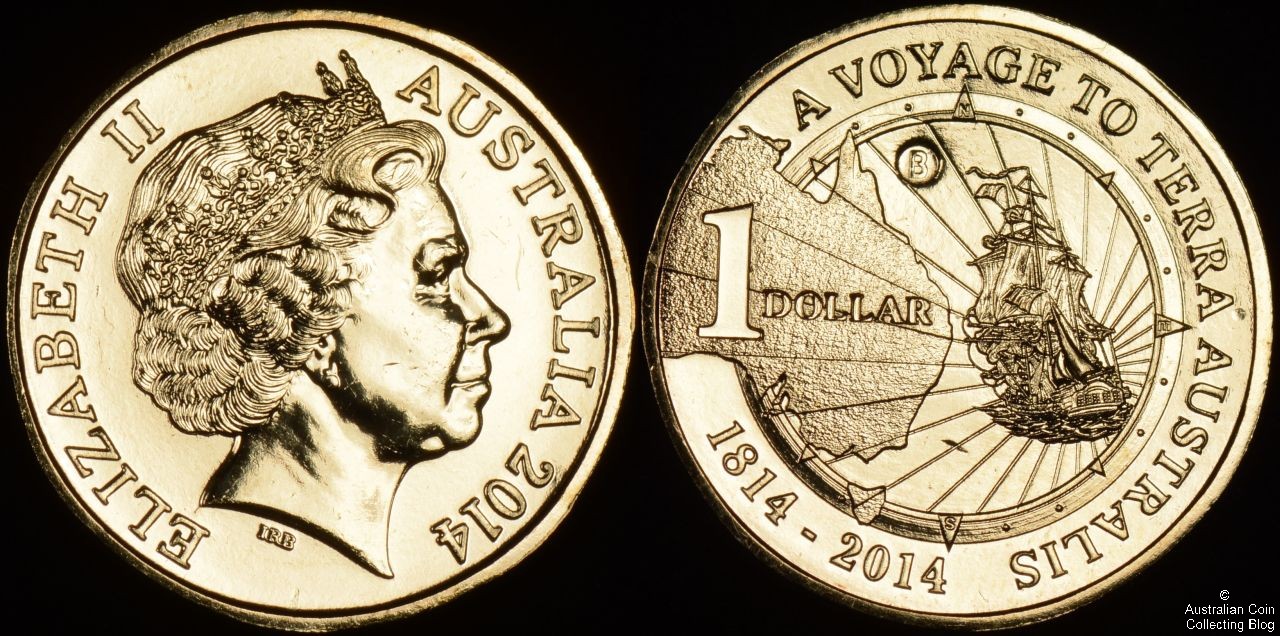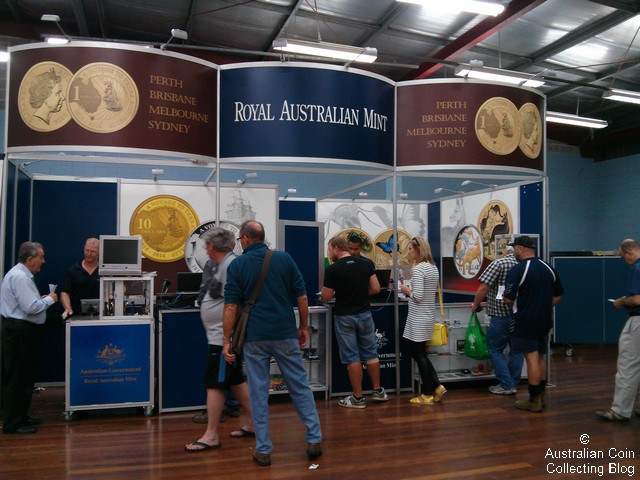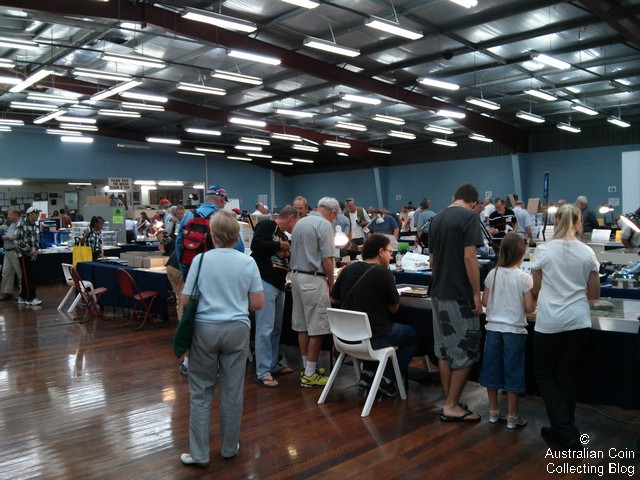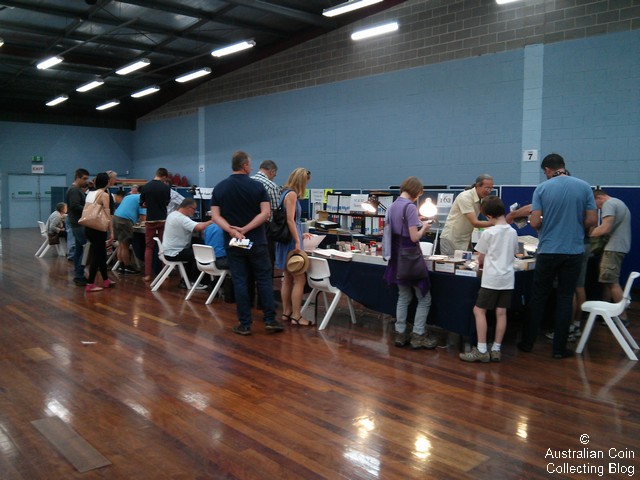One of the great features of our new blogging engine is the ability to have slideshows like the one above. This one shows four great errors of what is the “ugly duckling” of decimal coins, the $2 coin. The humble 2 dollar is by far the least popular decimal coin to collect, it has no real “key date” and until the recent release of the poppy remembrance $2 and the purple coloured $2 coins it held little interest to the general public. One great thing about the lack of popularity of the coin is that you can find really neat $2 error coins selling for what amounts to a bargain. Each of the coins in the above slideshow is a great example of the type of error, and being on $2 coins they are particularly scarce and yet, still quite affordable.
Coin 1 – Die Adjustment Strike $2 Coin – 1999-2006
This is a great example of a die adjustment strike which is basically a coin that has been struck with minimal pressure during a period of setup of the coin press. Sometimes these types of strikes occur due to press malfunction causing the coin to again, be struck with minimal pressure. If you look carefully at both sides of the coin you’ll note that the barest trace of a coin design is present in the middle of each side. In fact, the design is so slight that this very coin sat in our collection as a $2 blank for years until we examined it closely and it revealed it’s true identity. Examination of the design reveals the obverse is the Ian Rank-Broadley portrait of Queen Elizabeth II which dates the coin from 1999 onward. The coin itself was purchased in 2006 so this limits the date possibilities to 1999 to 2006.
More about Die Adjustment Strikes
Coin 2 – Broadstruck $2 Coin – 2007
Broadstruck coins are probably one of the most common error coins (other than clipped planchet coins) but to find them in this condition is very unusual. This one is struck very centrally and has spread out nicely with clear metal flow outwards at the edges and fishtailing on most of the lettering. It’s dated 2007 but the date is largely obscured by the striking error. The only unfortunate problem with the coin is the damage to the obverse which was almost certainly done by a press operator to remove it from the press as it got stuck during the minting process. This is fairly common occurrence on broadstrikes.
More about the Broadstruck Coin Error
Coin 3 – Curved Clipped Planchet $2 Coin – 1988-1998
We haven’t seen many clipped planchet $2 coin errors, but the two that we have seen have been just like this one, in beautiful gem condition with a large amount of the coin missing. One can only speculate that the coin caused problems when it was rolled and was removed from circulation very early in it’s life or was taken directly from a mint roll, explaining the exemplary condition. Note the beautiful fishtailing on the LI of Australia on the obverse and the rounded rim near the edges of the clipped region. Both of these are signs of a genuine clipped planchet error. We can only date this coin to an 11 year period because the date is missing but the Maklouf portrait of the Queen on it dates it to the 1988 to 1998 period. It might have been possible to narrow this period down a little because two dollar coins in 1988 and 1989 bore the initials of Horst Hahne on the reverse but this area is missing from the coin too. So 1988 to 1998 is as close as we can get.
More about the Curved Clipped Planchet Error
Coin 4 – Double Struck $2 Coin – 2009
This coin is an old favourite of ours, a double struck 2 dollar coin of 2009. This type of error happens when a coin is struck once, is only partially ejected from the coining press, and then is struck again. This one has the second strike offset by about 40% and is a nice coin because the date of both strikes is visible. For some reason there’s a few 2008 and 2009 double struck $2 coins around and new ones still appear on the market from time to time and fetch about $1000 or a bit more. This might sound like a lot but the only double struck $1 coin we’re aware of sold for well over $2000 making this two dollar error a bargain in comparison.
